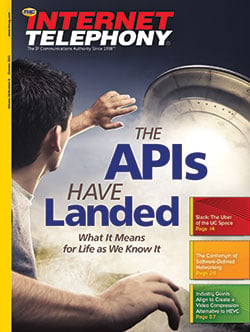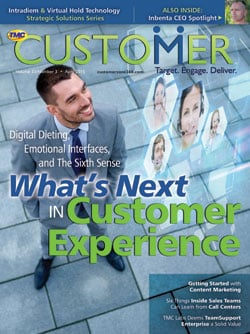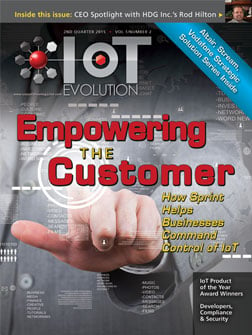Read the UC eBook!
It seems that the business communications headlines are continuously talking about new developments in IP

telephony and unified communications (UC), as the traditional voice and button telephone morphs into a screen-enabled multimodal UC device. That could be a desktop PC, a portable laptop combined with a cell phone, or a new “smart-phone.” These new devices are exploiting the converged IP networks, wired and wireless, that are knocking down the walls of legacy communication silos between telephony voice conversations, messaging, and information access.
While the business and consumer worlds watches this transition taking place, they are certainly confused as to what it will all mean to them as users of the new “UC” technologies. IT management is also confused, because, although they understand the fundamental technology change issues at the various infrastructure levels of the networks, application servers, and endpoint software clients, they don’t really know how that will change business process interactions at both the “person-to-person” and “process-to-person” levels.
In the meantime, business technology providers are scrambling to identify themselves as supporting migration to UC capabilities in one way or another. This may be with “VoIP” network connections and management, desktop and mobile telephony, unified messaging

(UM), and presence-based real-time person-to-person contacts. More recently, business UC technologies have targeted communications-enabled business process (CEBP) applications that can exploit presence and UC flexibility to directly initiate and coordinate real-time contacts with specific individuals (what I call “people I/O”). UC is definitely not a “one size fits all” technology, and the name of the game is both business process customization and individual user, device-independent personalization.
So, understanding both the functionality of UC, as well as the benefits to individual end users, “groups” of end users inside and outside an enterprise, and to business processes, is a prerequisite to moving forward with any kind of implementation planning. The big planning challenge is to identify operational business priorities for the organization, in order to provide a practical requirements “roadmap” for strategically migrating critical telephony technologies into a UC environment. That is not something that IT departments can do and it won’t be simple or easy for business management either!
The industry-recognized thought leaders and experts at UCStrategies.com, have teamed up to create a very objective and useful “eBook” about business UC that goes beyond the superficial UC hype and infrastructure issues into how business organizations need to approach the challenge and benefits of UC applications. If nothing else, it will clarify your understanding of what UC is all about and give you a dose of reality to move forward in strategically and selectively implementing any key piece of the evolving UC puzzle.
-----
Industry veteran Art Rosenberg (News - Alert) writes the blog, The Unified-View. You can contact him at [email protected] or 310-395-2360.
Don’t forget to check out TMCnet’s White Paper Library, which provides a selection of in-depth information on relevant topics affecting the IP Communications industry. The library offers white papers, case studies and other documents which are free to registered users.
 Internet Protocol (IP) Internet Protocol (IP) | X |
| IP stands for Internet Protocol, a data-networking protocol developed throughout the 1980s. It is the established standard protocol for transmitting and receiving data
in packets over the Internet. I...more |
 Unified Messaging Unified Messaging | X |
| One of the more interesting applications for multi-media messaging
which has been around for almost a decade but not widely used is
visual voice mail. This software allows the user to see their voi...more |
 Internet Telephony Magazine
Click here to read latest issue
Internet Telephony Magazine
Click here to read latest issue CUSTOMER
CUSTOMER  Cloud Computing Magazine
Click here to read latest issue
Cloud Computing Magazine
Click here to read latest issue IoT EVOLUTION MAGAZINE
IoT EVOLUTION MAGAZINE




